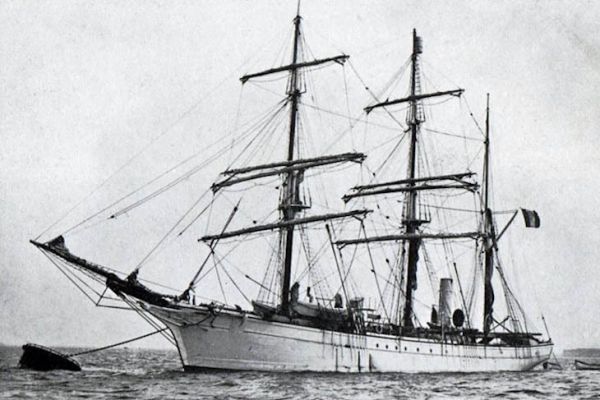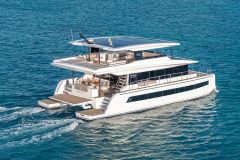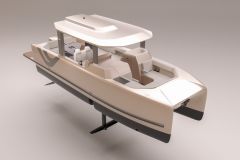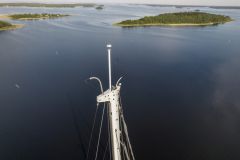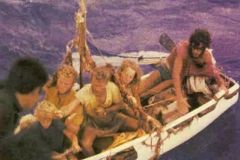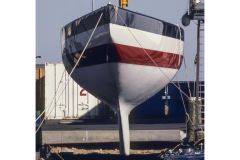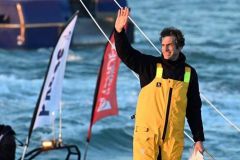Despite his tragic fate, the Why Not ? 4 marked the history of polar missions, under the command of Jean-Baptiste Charcot. It has fueled the dreams of generations of sailors and explorers and still inspires us.
The race to the poles
At the end of the nineteenth and beginning of the twentieth century, the great nations fueled the race to the poles. Everything is to be discovered in these virgin regions. Explorers and scientists found fantastic playgrounds, prestige and glory.
In France, Jean-Baptiste Charcot, a doctor, officer in the French Navy and a great sportsman, embarked on the adventure. After having carried out several expeditions, in particular in Antarctica, with different boats, he undertook the construction of the ship which will never leave him: his fourth Why Not?
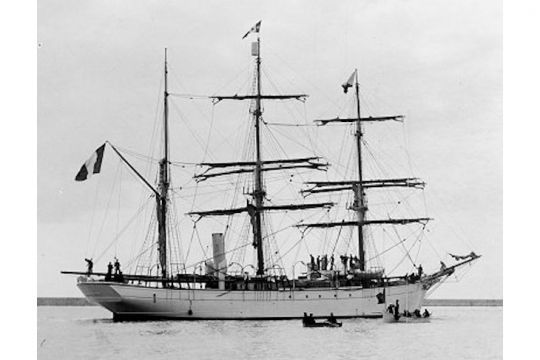
A tailor-made polar exploration vessel
This Why Not? is the fourth ship so named by Commander Charcot. He would have said to the skeptics who, in his youth, doubted that he would become a polar explorer: why not?
The ship is built in Saint-Malo, on the plans of François Gautier, and by relying on the great experience of Charcot in maritime exploration in extreme conditions. To be durable in polar environment, the ship is built entirely in oak, except the small bottoms in elm. It is also reinforced every meter by steel diagonals that link the frames. The bow is clad in metal and the caulking creates a double hull.
The resulting ship is about 57 meters long. It is a three-masted barque, equipped with a two-cylinder compound engine with a power of 500 HP. The Why Not ? 4 has three laboratories and a library. She is 449 tons and embarks 34 crew members, as well as some scientists.
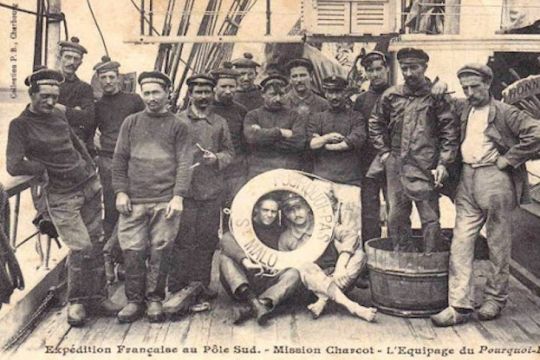
An eventful destiny
The Why Not? begins its life as a polar exploration ship, according to the objective of Commander Charcot. It carries out a first mission in 1908 on the Antarctic Peninsula, near Petermann Island. During this voyage, a new land was discovered, it will be called Charcot's land. Nevertheless, the expedition was not a restful one and a large part of the crew, including Commander Charcot, suffered from scurvy.
After this mission, the Why Not? begins a new life as a training ship for the French Navy. Then, she returned to scientific research missions in the North Atlantic after the war.
The Why Not? will also carry out a crucial search mission to find the seaplane of the Norwegian Roald Amundsen. The latter was himself looking for the airship of an Italian general, Umberto Nobile, who had left to fly over the North Pole. However, if the expedition of General Nobile is found, that of Roald Amundsen, which included several people, including the naval officer and French aviator Albert Cavelier de Cuverville, is missing and will never be found. Only a float from the seaplane and a tank, as well as a makeshift raft, were found near the Norwegian coast of Troms ø.
Finally, from 1925, the ship will carry out many missions to the Arctic. It will take advantage of this to provide logistical support to Paul-Emile Victor's expeditions to Greenland.
On the return from one of these expeditions, in September 1936, the Why Not ? 4 is caught in a violent storm. It ran aground on the reefs of the west coast of Iceland. During the wreck, the whole crew, as well as the commander Charcot, perished at sea, except for the master mason Eugène Gonidec who managed to reach the coast.
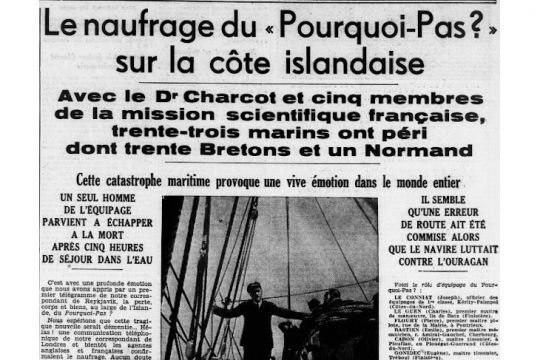
An inspiration for the arts and research
The Why Not? still questions us today. Indeed, the new oceanographic research vessel, co-financed by the French Navy and Ifremer, called of the same name, is taking over. The latter carries out scientific missions on all the seas of the world.
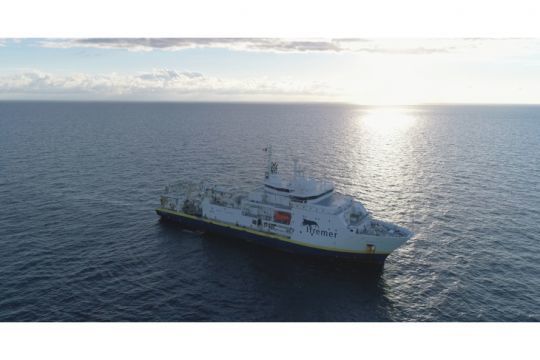
The Why Not? has also inspired the collective maritime imagination. Commander Charcot's sailboat has been painted and represented by great marine painters, such as Marin Marie.
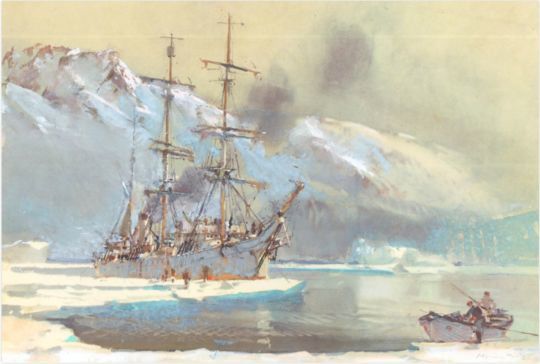

 /
/ 